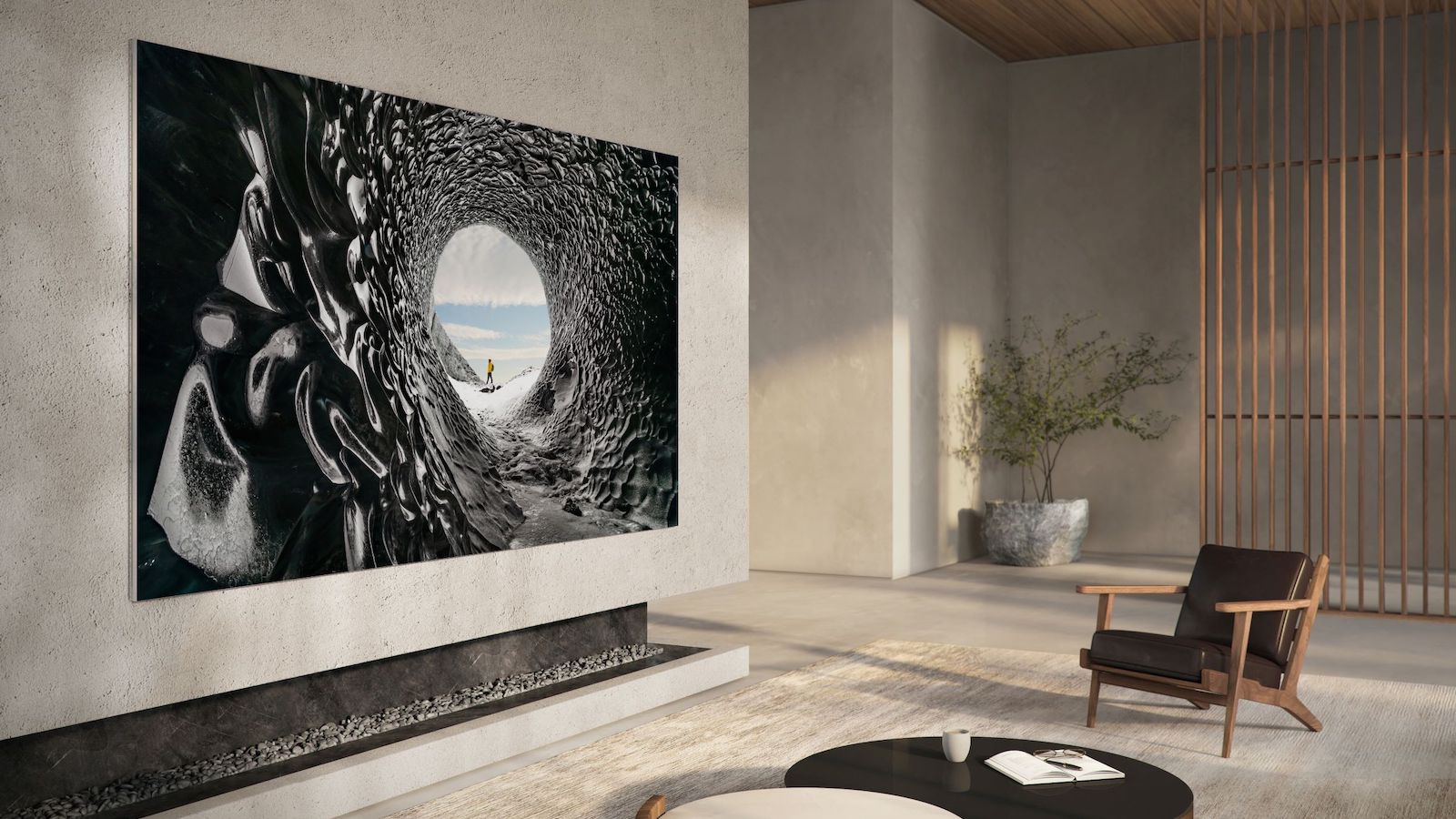Samsung's living room-sized Micro LED TVs apparently delayed until 2024 at the earliest
But you'll need deep pockets to buy one

Samsung's plan to launch its new, smaller microLED TVs later this year has been hampered by manufacturing problems, according to a report by DigiTimes.
In the report, sources claim that technical issues at Samsung Display are set to hold up the release of the company's eagerly anticipated 88-inch, 99-inch and 110-inch microLED TVs until 2024 or even 2025.
Back in March, Samsung was believed to be on track to start production of its 99-inch microLED TV during the second quarter of this year, but that now seems highly unlikely.
The company had initially announced plans to begin production on more affordable microLED 4K screens in May, for release later this year. However, there was speculation last month that Samsung was already struggling to meet that deadline, with sources saying "the production timeline for the 88-inch model has been pushed back to the third quarter of this year".
According to insiders, the design of the 88-inch panel has proved particularly challenging as its LED chips measure 34μm by 85μm, far smaller than those used in larger existing models, which are 75μm by 125μm. Manufacturing these tiny LED chips and attaching the 11.3 million of them necessary for the 88-inch model just 0.44mm apart is a tricky process, with many becoming defective during the transfer process when they are fixed to the LTPS (low-temperature polycrystalline silicon) backplane.
Unlike the smaller models, the 99-inch display has a more straightforward design that re-uses the same printed circuit board technology used on the existing 110-inch model.
For those not yet familiar, microLED is a next-gen TV technology that essentially takes the best qualities of OLED and aims to remove more or less all of its shortcomings. Like OLED, each pixel is self-emissive, so one can be completely black while those next to it can be bright white or a vibrant colour, creating incredible contrast. Samsung has previously said that its forthcoming microLEDs will support 20-bit greyscale depth, yielding over 1 million brightness and colour level increments.
The latest hi-fi, home cinema and tech news, reviews, buying advice and deals, direct to your inbox.
MicroLEDs can go much brighter than OLEDs, theoretically resulting in even more spectacular contrast. Unlike OLED TVs, which use organic materials ('OLED' stands for 'Organic Light Emitting Diode'), microLEDs are inorganic, so they don't degrade and can't suffer from image retention or burn-in.
Samsung first unveiled its microLED technology with The Wall, demonstrated at CES 2018. At 146 inches and costing an estimated $100,000 (around £73,500 / AU$129,000), it didn't exactly have mass appeal.
But in 2021, the company announced its first consumer microLEDs with the more manageable 110-inch MNA110MS1 and 99-inch MNA99MS1 4K models, each costing six figures and requiring professional installation. Despite promising a 76-inch version, the company has shelved those plans putting them on "a future roadmap".
While prices for these smaller sizes promise to be cheaper than The Wall, they certainly won't be affordable, with reports indicating prices could start at around $80,000 (around £59,500 / AU$113 500). We can only hope that by 2024 those projected prices might have dropped a little.
MORE:
Samsung 2022 TV line-up: everything you need to know
QD-OLED TV: the game-changing new TV tech used by Samsung and Sony
Don't waste your money on a new TV – make a cost-effective system upgrade instead
Mary is a staff writer at What Hi-Fi? and has over a decade of experience working as a sound engineer mixing live events, music and theatre. Her mixing credits include productions at The National Theatre and in the West End, as well as original musicals composed by Mark Knopfler, Tori Amos, Guy Chambers, Howard Goodall and Dan Gillespie Sells.
